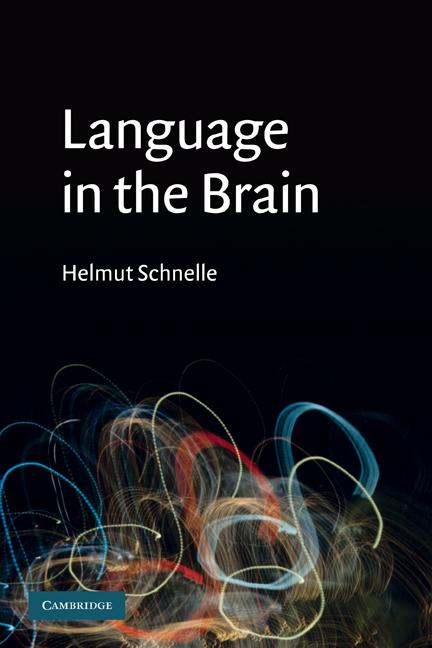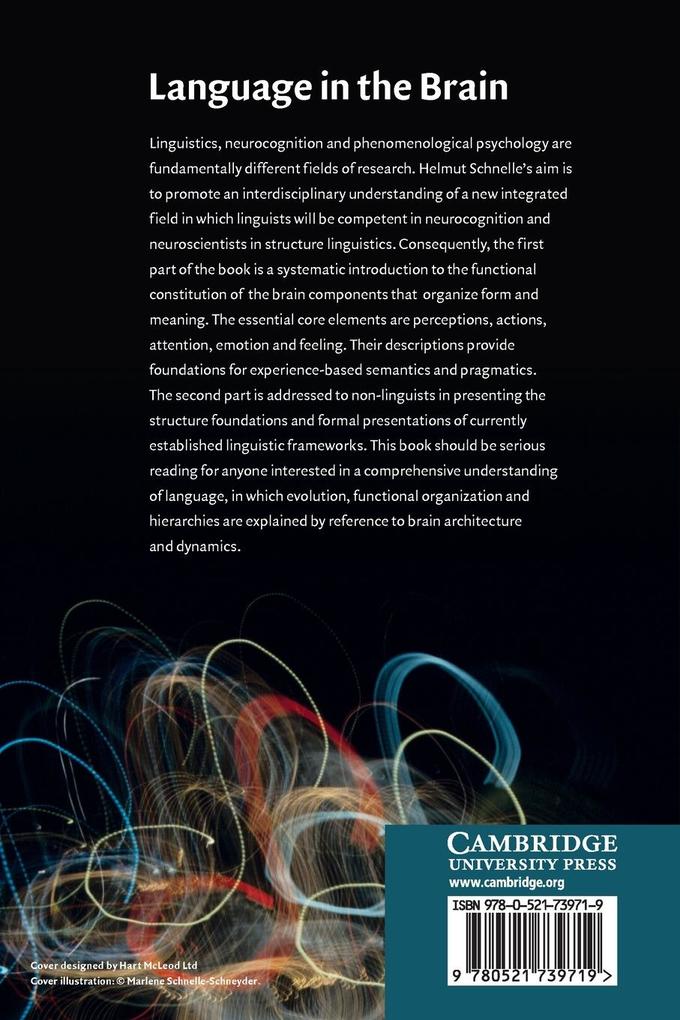
Zustellung: Mi, 02.07. - Mo, 07.07.
Versand in 2 Wochen
VersandkostenfreiBestellen & in Filiale abholen:
Helmut Schnelle provides an interdisciplinary understanding of a new integrated field in which linguists can be competent in neurocognition and neuroscientists in structure linguistics. For academic researchers and graduate students in the field of neurolinguistics, neuroscience and cognitive psychology.
A neurocognitive analysis of the form, use and meaning of language, bridging the gap between linguistic and neuroscientific studies.
Inhaltsverzeichnis
Part I. Introducing Cognitive Neuroscience to Linguists: 1. The brain in functional perspective; 2. Organization in complex organisms; 3. Neural perspectives of semantics: examples of seeing, acting, memorizing, meaningful understanding, feeling, and thought; 4. Combination and integration of intelligent thought and feeling; Part II. Introducing Linguistics to Scientists: 5. Introducing formal grammar; 6. Grammar as life; 7. Integrating language organization in mind and brain - the world of thinking and knowing, liking or hating other people's mind/brain/bodies; 8. Dynamic language organization in stages of complexity.
Produktdetails
Erscheinungsdatum
20. Mai 2010
Sprache
englisch
Seitenanzahl
248
Autor/Autorin
Helmut Schnelle
Verlag/Hersteller
Produktart
kartoniert
Gewicht
436 g
Größe (L/B/H)
228/154/17 mm
ISBN
9780521739719
Pressestimmen
"The book is informative [and] ambitious."
Andrew Kertesz, The Canadian Journal of Neurological Sciences
Andrew Kertesz, The Canadian Journal of Neurological Sciences
Bewertungen
0 Bewertungen
Es wurden noch keine Bewertungen abgegeben. Schreiben Sie die erste Bewertung zu "Language in the Brain" und helfen Sie damit anderen bei der Kaufentscheidung.









